So I was thrilled to hear that long-time writing friend Christopher Fisher had released his first novel A History of Stone and Steel. Chris and I had crossed paths a while back at an online writer’s group. It wasn’t long after that he enrolled in the Stonecoast Creative Writing program, received his MFA, and resurfaced as Editor-in-Chief for Relief Journal. He’s since started his own indie label and published his first novel. Chris took a few minutes to answer some questions about his writing journey, his experience as an editor, his new book, and why the things his fictional narrator says needs to be “taken with a grain of salt.”
* * *
MIKE: I think we initially crossed paths back in Dave Long’s Faith and Fiction forum. Since then, you’ve studied creative writing, became an editor at Relief Journal, and published a book. People often ask about an author’s “path to publication.” What were some of the most important steps along that “path” for you?
CHRISTOPHER: That’s right, Mike. The old F*I*F. Hard to believe that was  almost ten years ago, which was probably about midway through my “path.” And I think you’ve mentioned most of the big steps. Finishing my MFA in Creative Writing was a definite milestone. In the Stonecoast program I got the chance to work with some great teachers and mentors. They were really tough on me and my writing, wouldn’t let me get away with a lot of the cheats and shortcuts I’d relied on up till then.
almost ten years ago, which was probably about midway through my “path.” And I think you’ve mentioned most of the big steps. Finishing my MFA in Creative Writing was a definite milestone. In the Stonecoast program I got the chance to work with some great teachers and mentors. They were really tough on me and my writing, wouldn’t let me get away with a lot of the cheats and shortcuts I’d relied on up till then.
Getting into editing was also huge. When you spend hours every day for ten years tinkering with other people’s writing, you really begin to see a story less as a fixed work of art—like a sculpture—and more as a machine with many parts that can be moved around and manipulated, or even replaced or taken out completely to improve the overall performance and function. It was a major breakthrough for me to begin seeing my own drafts through the eyes of an editor, instead of an author with a natural emotional attachment to the words on the page.
But to be perfectly honest, I don’t know if any of those things had much to do directly with the “path to publication.” In fact, I think it’s often dangerous to set out with the goal of publication in mind. At least it was for me. I tried that route almost immediately after high school, and then spent the next ten years failing—completely and utterly—at getting anything published, though I really, really tried. I gave that up finally when I was 29 and decided it was time to admit I just wasn’t the writer I thought I was. I went back to college to finish my B.A.—because I had dropped out at 23 to “become a writer”—and it was only then that things finally started happening, little by little. I began working as an editor on campus with the CJ College and managed to place a few short pieces with The Wittenburg Door and some local journals. Bit by bit I got my foot a little further into various doors, learned a lot about the publishing business, and then finally last year realized I had all the skills and experience needed to publish a book on my own. So that’s what I did.
MIKE: So tell me about A History of Stone and Steel, the gist, what prompted you to write it, and the audience you’re aiming at.
CHRISTOPHER: Without giving too much away, it’s essentially about a man in all kinds of pain going off the rails just long enough to begin to see who he 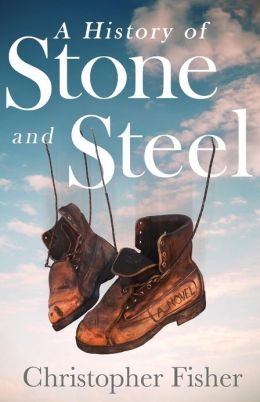 really is. The narrator, Paul Keppel, has recently developed chronic and unexplained headaches, and upon hearing that his grandfather—a real lightning-rod of a charismatic preacher—is dying from brain cancer, he becomes convinced he’s also going to die. Paul’s grandfather has told him since he was a child that God has a special plan for him, though he’s never seen one materialize, and he suspects that “failure to arrive” has something to do with a work-place disaster that sent him off course. A good half of the novel is set in the past, as Paul reflects and tries to work out what happened that summer 21 years ago, and why. In the present, though, the awareness of his mortality becomes a catalyst that slowly strips away his normal inhibitions (beginning with the filter between his mouth and brain) as he rushes to find as much closure as possible while he still can.
really is. The narrator, Paul Keppel, has recently developed chronic and unexplained headaches, and upon hearing that his grandfather—a real lightning-rod of a charismatic preacher—is dying from brain cancer, he becomes convinced he’s also going to die. Paul’s grandfather has told him since he was a child that God has a special plan for him, though he’s never seen one materialize, and he suspects that “failure to arrive” has something to do with a work-place disaster that sent him off course. A good half of the novel is set in the past, as Paul reflects and tries to work out what happened that summer 21 years ago, and why. In the present, though, the awareness of his mortality becomes a catalyst that slowly strips away his normal inhibitions (beginning with the filter between his mouth and brain) as he rushes to find as much closure as possible while he still can.
What prompted me to write it was, to tell the truth, a fiction packet deadline for my MFA program. I had a deadline in 30 days and nothing at all to send. So I started toying with the idea of a short-story character I’d developed for a contest at the very same Faith in Fiction blog you just mentioned. It was a humor piece called “The Fellowship of the Golden Emerod” that followed a cranky guy, home sick from work, suffering from severe hemorrhoids and a surprise visit from two young “preachers.” I thought I might extend this guy’s story, or rather back it up and tell some of his backstory, and before I knew it, I had a first chapter and an outline for the next three or four. The character in the novel ultimately turned out to be a lot different than the short-story version, but the overall theme of the two are basically the same: God will use who he wants, to do what he wants, regardless of their intentions or our preconceptions concerning the “legitimacy” of the messenger.
As for intended audience, I don’t know if we ever truly know who our audience will be. I think while writing I was mostly just trying to follow that old saw: Write the book you want to read. So I assumed this was going to be a definite “man’s book,” because of the tone and some of the more brutal scenes. I was thinking readers of Chuck Palahniuk’s Fight Club. But so far it seems the readers who have been most excited and supportive after reading are all women, which of course is perfectly fine by me. I love women, was raised by women, and most of my closest friends are women, so maybe I should have expected that. But really, I’m just thrilled that anyone is reading it at all.
MIKE: In the Note from the Publisher, it reads: “This book is not a work of theology. Any descriptions, characterizations, or observations of the Divine are those of a fictional narrator and should not be construed to be those of the author or publisher. They should be taken with a grain of salt and, hopefully, a dash of humor.” Why did you include that qualifier?
CHRISTOPHER: Ah… Somebody actually reads those things!
I put that in because, without revealing too much, God is an essential but unseen character in the story. Any time an author presents God in fiction as an active character, there’s the chance that’s going to conflict with a reader’s understanding and interpretation of God’s “revealed nature,” and I frankly don’t want to argue theological details with readers. That’s not why I wrote the book. But because of how my story happened to arc, the God in A History of Stone and Steel comes across as much more “Old Testament” than I think I’m even comfortable with. I can almost hear the objections already: “Yes, but wrath and judgment is not all there is to God!” And of course it’s not.
This is the fictional story of a man—a blasphemer, a drunk, and something of a ne’er-do-well, who also is in his own way used by God. It’s not intended as a direct commentary on the nature of God, though indirectly, through the events of the story, it does suggest that God always has and will continue to behave in ways we don’t think He will. Or rather, in ways that our own slippery grasp on morality tells us He should not behave.
MIKE: Resurgent Books is your own label. Why did you not choose to shop the book to trad publishers? And are you looking to publish other books under that label?
I did shop it around for a little bit. In fact, with all the connections I’ve made in publishing over the last ten years I thought, I guess rather naively, that I’d be able to find at least a small publishing house to take it with little trouble. I was wrong. The industry is so overwhelmed and uncertain right now, and even publishers I know fairly well are not really considering new submissions. Some have even closed submissions for the next year or two while they work through a huge backlist, or have all their titles picked out and slated for the next two years. So I figured if my friends don’t have the time or staff to take my novel, the chances of getting strangers at other houses to even look at it was not worth the gamble.
But even if they did, I’d be looking at probably a year minimum to find a publisher, another year for editing, maybe another 18 months for production and release. This would be a problem for the story since I, maybe unwisely, dated the book, with both threads (past and present) in specific years. So waiting 2 – 5 years for publication could mean not only massive rewrites, but that some of the conflicts of certain subplots would be irrelevant by the time it goes to print. I just came to the decision that the time to publish is now, and I came to realize that no one else was going to publish this book for at least 2-3 years. So I’d have to do it myself.
MIKE: I talk a lot about faith and fiction on my blog, the intersections between Christians and the arts. I recently posted an article entitled “Where Do Artists Fit in the Church?” Frankly, the Church has NOT done a great job incorporating writers and poets and artists in the Church’s mission. Either we’re used as tools of propaganda (employing our art to sermonize), or we’re left to “go secular,” and, basically, put our light under a bushel. How do you see the intersection between Christians and the arts? Should the Christian writer be writing just for Christians? If not, how do we navigate being called to “preach the gospel” and simply tell a good story?
CHRISTOPHER: That’s a pretty complex question, and you may not like my answer. First, I acknowledge there are exceptions to what I’m about to say. Hope Church in Richmond, Virginia, for example, is doing some amazing things in the arts. What they’ve created there feels almost like an informal MFA program. But in a general sense, I don’t think real artists do fit in the American church, or at least not in the Evangelical branches. To clarify, art and artists are certainly utilized in almost all Christian churches, primarily through music and other performance arts, and sometimes through visual art and writing as well. But within so many denominations and congregations, it seems to me always to be primarily about the utility, about how the art can be used. And used most often in place of persuasive argument. I worry many of these traditions are just too deeply rooted in a philosophy and period of history where the tract was the highest and most important end of the written word, and for many folks there, any art that doesn’t at least attempt the same goal as a religious tract will always be something just a little less than “Christian.” And that creates an environment I think a lot of artists find less than welcoming.
I’m reminded of the time I shared a song I’d discovered with a Baptist friend, for whom I still have a lot of respect. The song was “River on Fire,” by the late Gene Eugene. It’s just a gorgeous, heart-breaking piece about a failing relationship, full of longing and sadness, an honest and bittersweet confession of how love often hurts and is not all we hope for. I was sure this friend would love it as well, but he wasn’t at all impressed. There was no message. No neat conclusion about how God is the answer to the singer’s pain. It didn’t even mention Jesus. To my friend, this was supposed to be a “Christian artist” and so if the song didn’t contain the message of the Gospel, it was a waste of his time and an under-utilization of the artist’s talent.
I worry that, even now, after decades of talking about bringing more art into the Church, there are still many in the Evangelical corner who will never be satisfied with mere artistic expression and confession; there must also be conversion. It’s not enough that the work is beautiful; it must also propagate the Church agenda. And so if a work of art doesn’t make some final sales pitch, then to those people that kind of art has no place in the Church at all. In those kinds of settings, at least, the artist is left to, as you say, “go secular.”
I don’t agree, however, that going secular means you also must hide your light under a bushel. If the “light” is an agenda, then yes. Any mainstream editor is going to see through that and send your manuscript packing. But there are many “secular” books that I believe do a fine job of displaying the light and love of God—Leif Enger’s Peace Like a River, John Irving’s A Prayer for Owen Meaney, and Marilynn Robinson’s Gilead, to name just a few. All of these were published outside of the Christian market and, in my opinion, are much better examples of how faith and art can occupy the same space without one snuffing out the light of the other.
MIKE: You were an editor with Relief Journal for a spell. What kind of experience was that? And what did you learn about writing from being an editor?
CHRISTOPHER: Well, in a nutshell, I learned how to write. I’m not saying only editors are good writers, because that’s of course not true. But for me, I think there are things I’ve learned on the editor’s side of the desk that I would otherwise never have gotten. My time at Relief, though, was largely a different kind of eye-opener in that it showed me just how many great spiritual writers are out there trying to write for true artistic expression or the love of story, without some hidden agenda of making converts. I mean, I had the chance to edit some spectacular authors who are writing great things from a Christian worldview, but with real literary sensibilities. In other words, not the tract writers I’d encountered in the past (the kind I used to be, in fact), but that mythical brand of “Writer who is Christian” that I’d always hoped was out there, somewhere. At Relief, we received up to 500 submissions a cycle, in fiction, non-fiction, and poetry from these really talented people, and it gave me a lot of hope and courage to tackle my own book. If not for my time working with those authors, I don’t think I would have finished A History of Stone and Steel at all; I would never have believed there was an audience for it.
MIKE: Congrats again on your new book. And would you do me a favor, and tell your editorial cohort Beth Jusino that I’ve had a Facebook Friend request pending for months?
CHRISTOPHER: Thanks, Mike. It feels really good to have it out there, if for no other reason than that I can finally move on to some of the other projects on my backburner. As for Beth, offer to send her a nice Belgian ale, and I’ll bet she’ll be your friend for life!
* * *
Great interview, Chris! Thanks again. And remember, his novel A History of Stone and Steel is now available. Looking forward to hearing more from this talented writer.

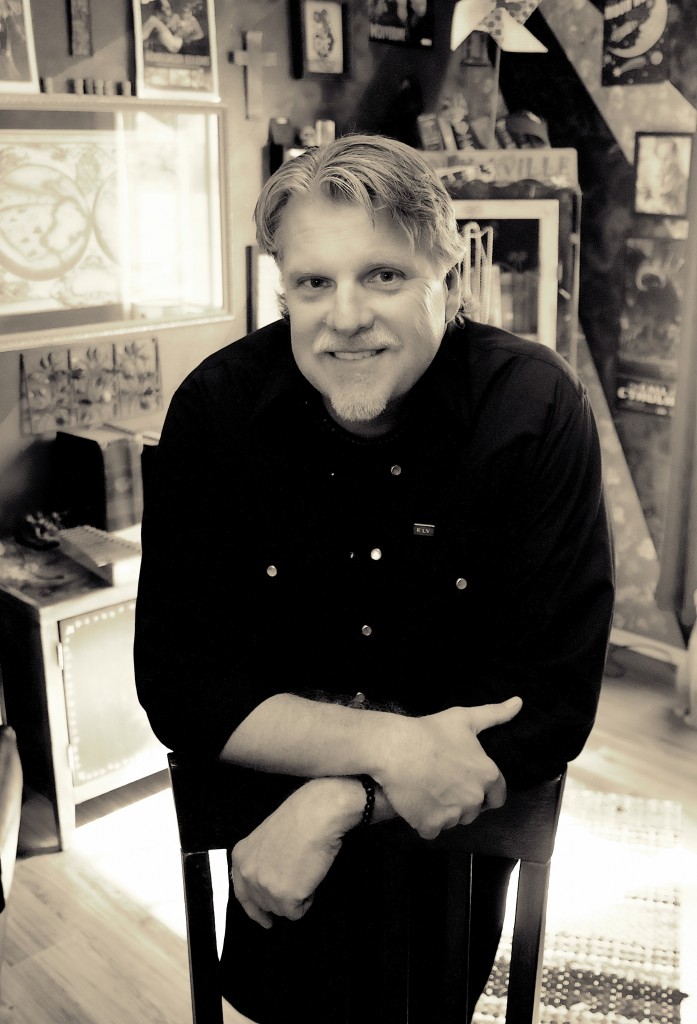
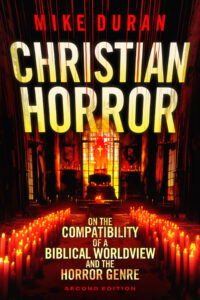
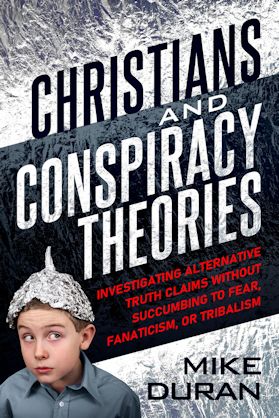
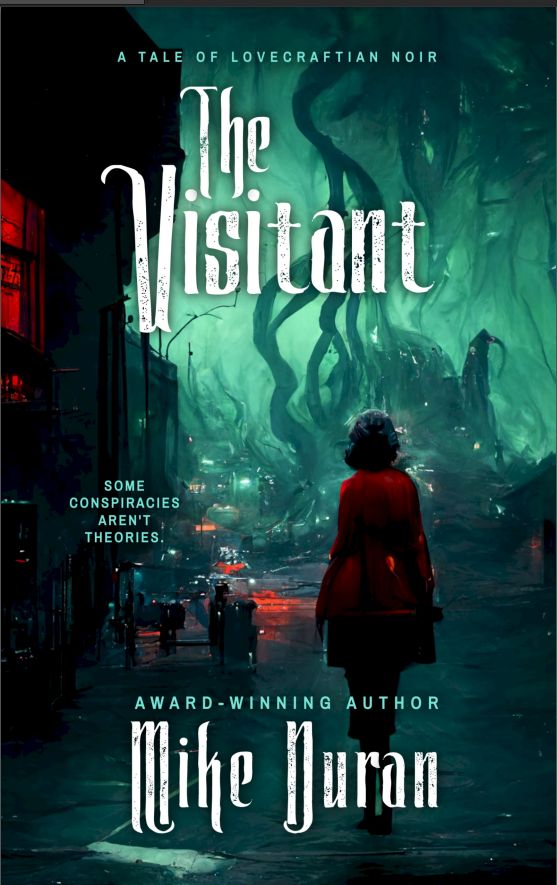

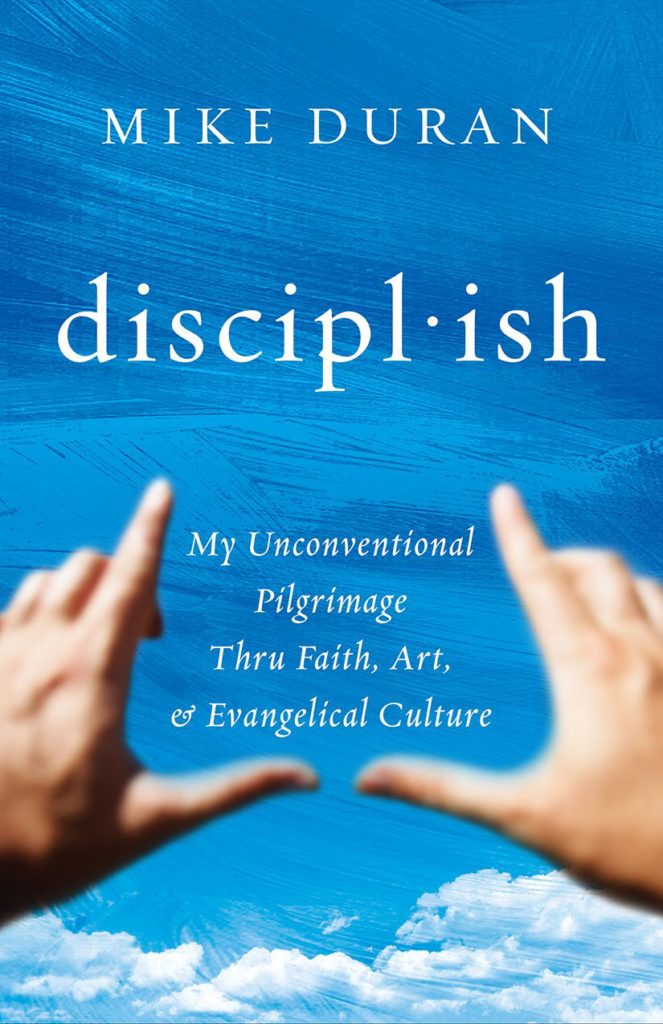
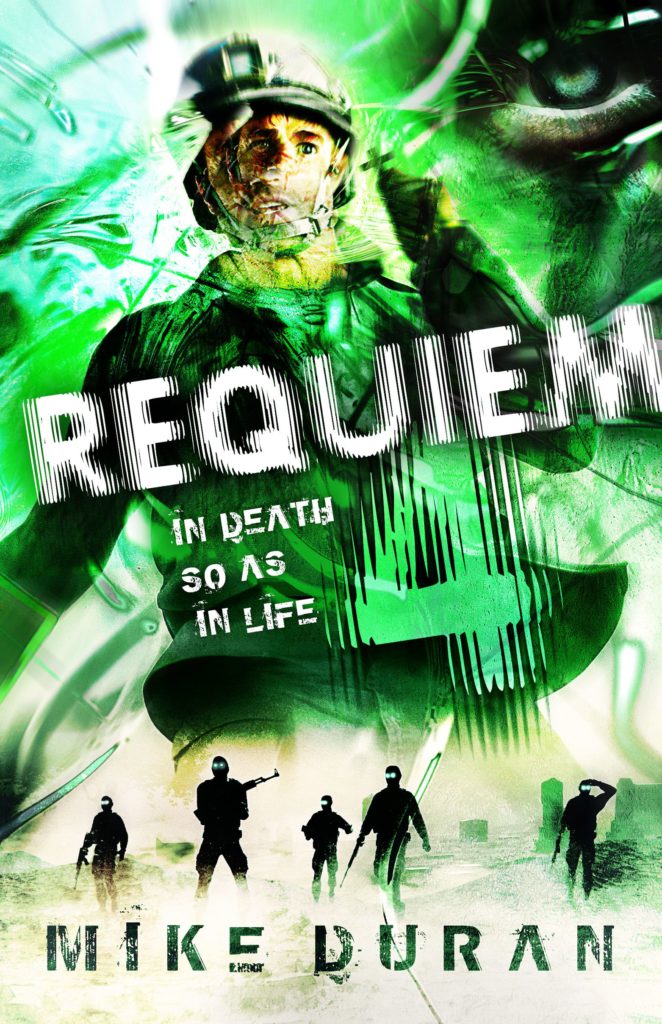
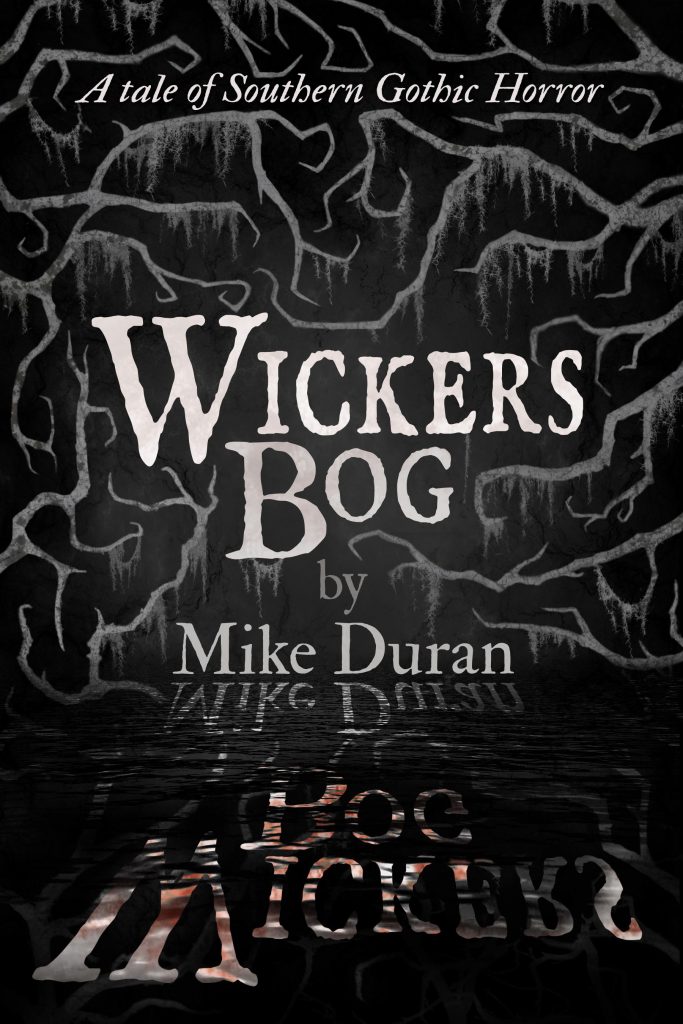
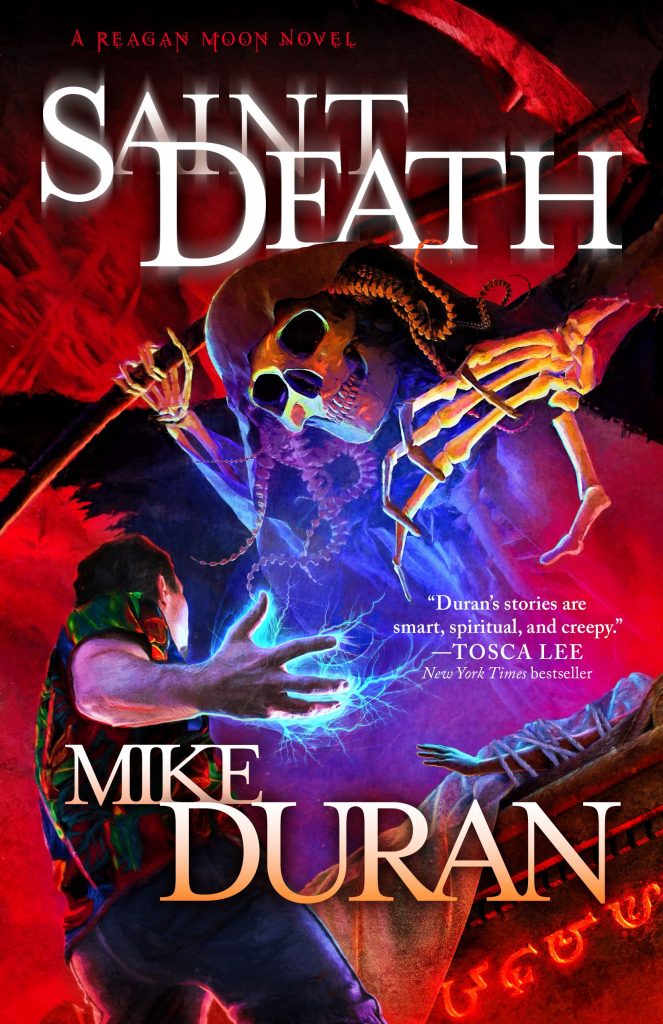
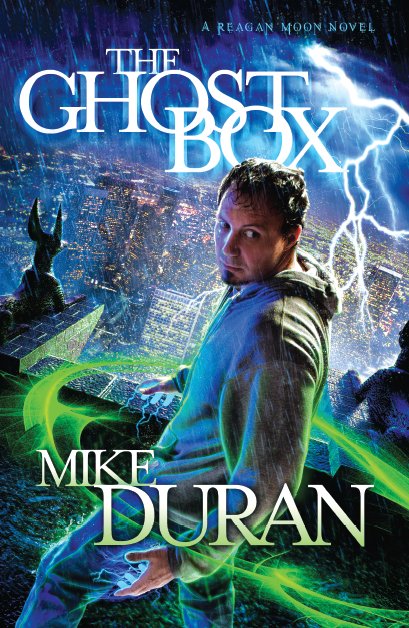
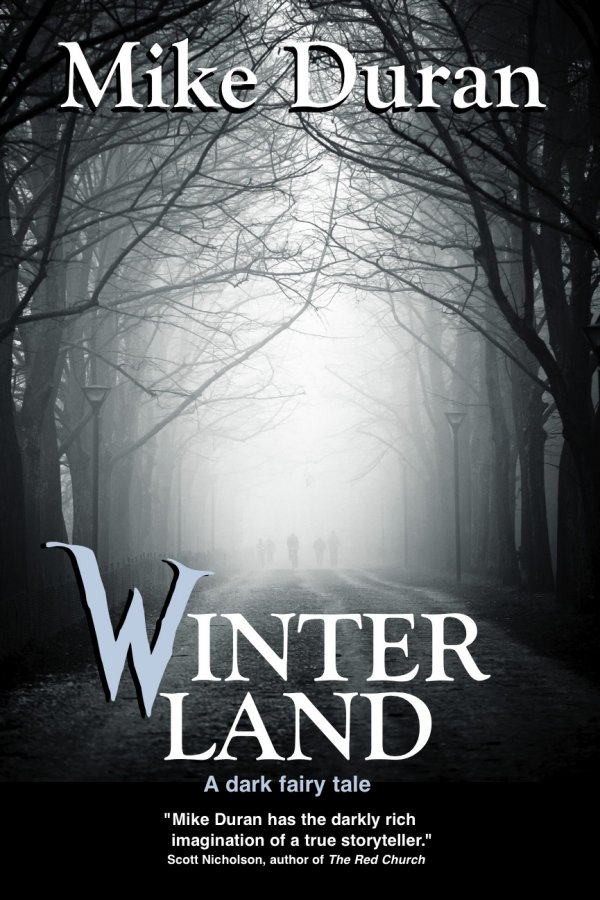
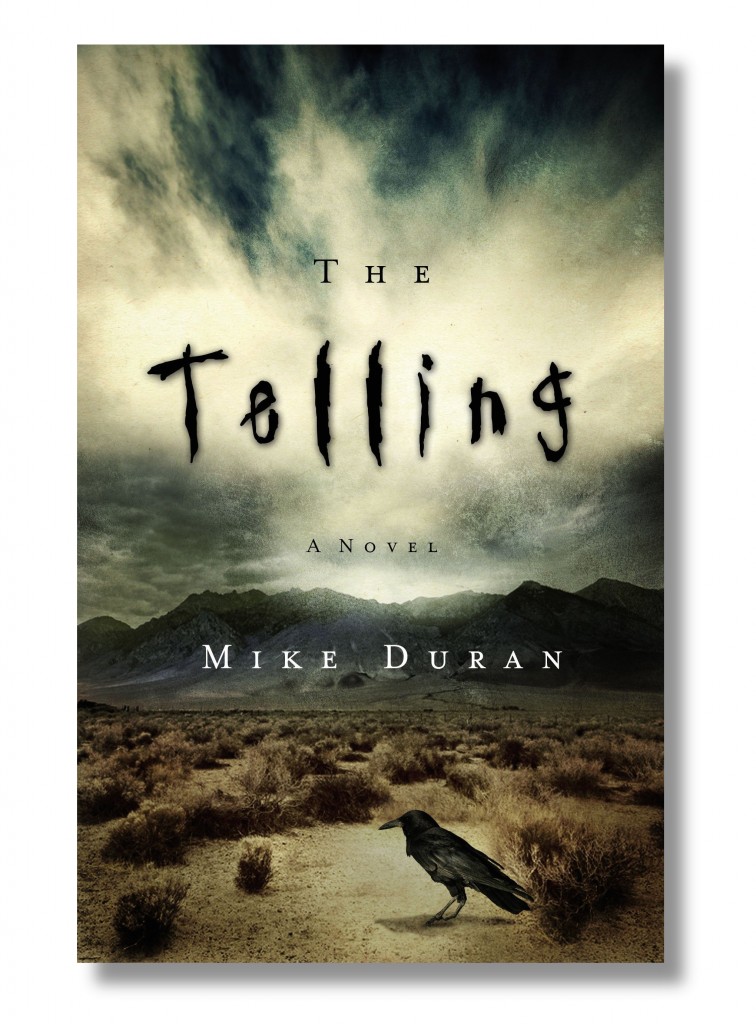
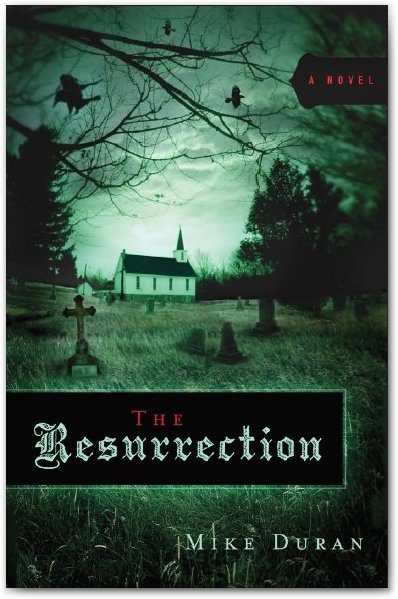
Thanks for the introduction, Mike. And also for the link to Relief Journal. I’m surprised this is the first I’m hearing about it.
Christopher, Congrats on your release! The cover looks great. I’m impressed you went the MFA route. It was a dream of mine at one time. A dream not completely dead, but utterly unfunded!
Chris is a fantastic writer and an even better guy. Bought the book as soon as I saw it was available. It’s next on the reading pile and I can’t wait.
Great interview, Mike.
And congrats again, Chris.
Well, I might give your book a gander if it has an e-version (please tell me it does!). Congrats on your book, indie label, etc.
Hi, Jessica. And thanks! The MFA was worthwhile, but definitely not cheap (I suspect I’ll be paying for mine for many years to come).
Hi, Jill. You can find the Kindle version here: http://www.amazon.com/A-History-Stone-Steel-ebook/dp/B00CTPVZBC/ref=sr_1_1?s=digital-text&ie=UTF8&qid=1368731586&sr=1-1&keywords=A+History+of+Stone+and+Steel
Snyderman! Thanks so much for the kind words, brother. Drop me a line whenever you’re able to finish. I’d especially love to hear what you think, since you were there at the beginning.